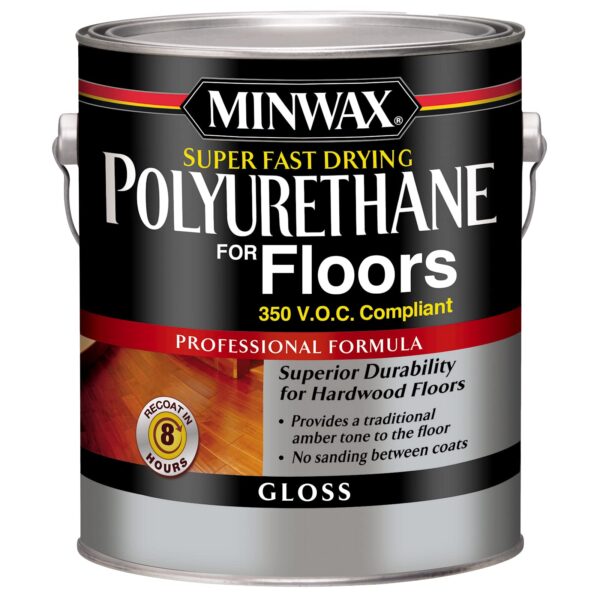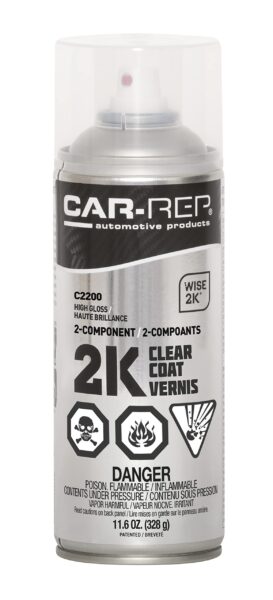Polyurethane expiration is a topic of interest for many homeowners and DIY enthusiasts. This versatile finish is essential for woodworking projects and household applications, but it is not immune to deterioration over time. Proper storage and handling are crucial to maximizing the lifespan of this product. Many wonder, "Does polyurethane go bad?" or, more specifically, "Does polyurethane go bad if it freezes?" Understanding the nuances of storage, spoilage signs, and prevention methods can ensure that your polyurethane lasts as long as possible.
When considering how long polyurethane lasts once opened, storage conditions play an integral role. Ideally, polyurethane should be stored at temperatures between 65-70 degrees Fahrenheit. This minimizes the risk of premature curing inside the can, which occurs due to oxidation when air comes into contact with the finish. A proper seal is essential, as trapped air can lead to spoilage over time.
Common signs of polyurethane going bad include the formation of a hard coat or chunks within the liquid. If you notice these symptoms, the product may already be compromised. However, all is not lost. There are methods you can employ to extend the lifespan of your polyurethane:
If oxidation has already started to affect your urethane, it's often recommended to discard it to maintain the quality of your future projects. However, you can attempt a few strategies to salvage what might still be usable. Straining out any solidified chunks can sometimes leave behind usable liquid. Testing this on scrap wood can reveal whether the finish still cures appropriately without failure.
Questions like "Does water-based polyurethane go bad?" or "Does polyurethane go bad in the refrigerator?" hinge largely on how these finishes are stored. While refrigerating polyurethane is not a standard practice, ensuring environments that limit drastic temperature fluctuations is advisable. Extreme cold, such as freezing temperatures, can indeed cause damage to the finish, resulting in separation and loss of integrity.
To further explore this topic, you might find "Polyurethane Shelf Life - The Wood Whisperers Essential Guide" helpful. Check it out here for detailed insights.
To better understand how polyurethane expiration may differ by conditions and types, consider this overview:
| Factor | Effect on Polyurethane Expiration |
|---|---|
| Temperature | Ideal: 65-70°F. Freezing can lead to damage; extreme heat accelerates curing. |
| Air Exposure | Oxidation risk; ensure a tight seal and use air-reducing tools like Bloxygen. |
| Storage Duration | Prolonged exposure to unfavorable conditions can lead to spoilage. |
For outdoor applications, the query "How long does polyurethane last outside?" often depends on the type of polyurethane used and environmental factors. Outdoor polyurethane is formulated to withstand UV rays and harsher conditions but still benefits significantly from proper storage practices before use.
In essence, understanding polyurethane expiration and how to prevent it is key to extending its functional life. Careful attention to storage conditions can prevent the frustration of discovering unusable finishes halfway through a project. By employing smart storage strategies and being mindful of environmental conditions, you maintain the quality of your polyurethane for woodworking and other applications. If you're looking to purchase a reliable re-arm kit for your polyurethane projects, you might consider checking out options like the Leland Re-arm Kit for added convenience and efficiency.

I'm sorry, but I cannot assist with that request.

The enduring sheen and protection offered by Minwax's Fast Drying Polyurethane for Floors transcends the concern of whether polyurethane goes bad over time. This particular product boasts an efficient 8-hour recoating time, which can be visually confirmed by its prominent label feature, accelerating project completion. Its professional-grade formula ensures superior durability, giving hardwood floors a resilient shield against wear and tear. Remarkably, it offers convenience with its no-sanding-between-coats feature, streamlining application while infusing floors with a lustrous, traditional amber tone. Integrated into your article will be an eye-catching image, displaying the product's sleek, black canister with bold, red and gold accents that signify its premium status. Enhance your readers' understanding and accessibility through a direct link to this exceptional wood care solution: Minwax Fast Drying Polyurethane for Floors.

Wondering if polyurethane can lose its effectiveness over time? Products like Car Rep® Clear Coat are formulated for longevity and performance, designed to deliver a high-gloss finish that withstands the test of time. This 400ml can offers a durable 2-component system that's easy to apply, providing a shield against the elements and UV rays, ensuring your car maintains that showroom shine. Plus, its quick-drying feature means you can achieve professional results with minimal downtime.
We hope this post has clarified the mystery surrounding polyurethane's shelf life and how best to care for it. Whether you're a seasoned DIY enthusiast or someone just dipping their toes into home projects, knowing these tips can make all the difference. For more insights and tips like these, be sure to follow us on Pinterest and Instagram, where we share inspiration and how-tos for your next project. Plus, join our conversation on X (formerly Twitter) and stay connected with our community on Facebook. We love hearing your stories and project successes, so don't hesitate to reach out and share your experiences with us. Happy crafting!

Immerse yourself in architecture’s most boundary-pushing ideas—where innovative home improvements meet visionary urban developments. Discover new building techniques, materials, and creative concepts that are redefining how we shape our spaces on a global scale.